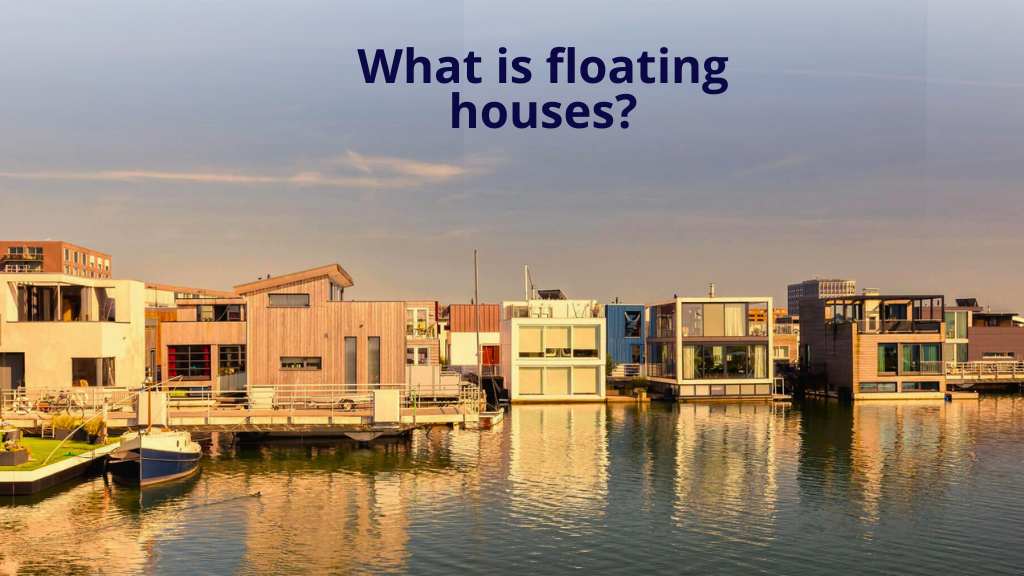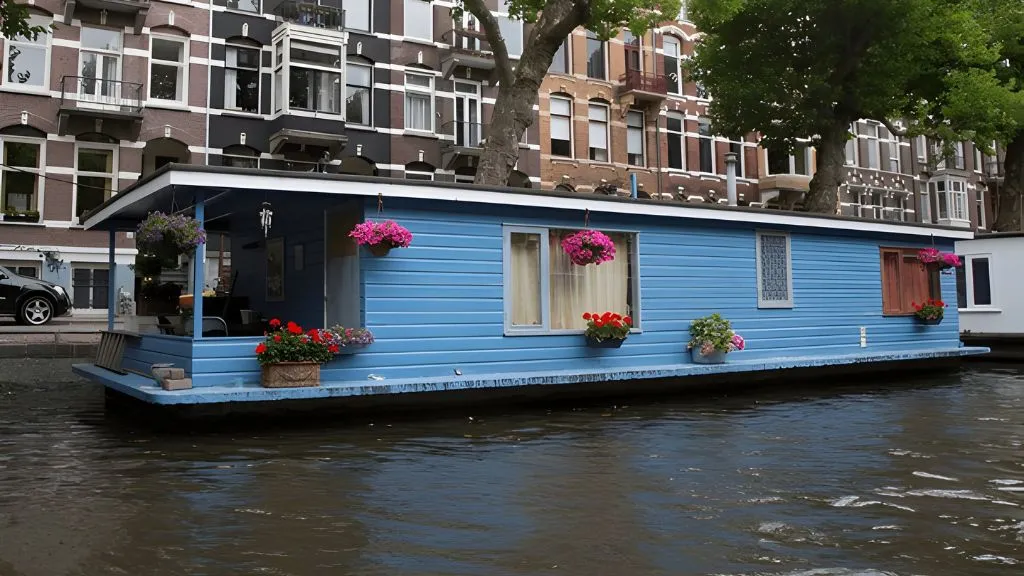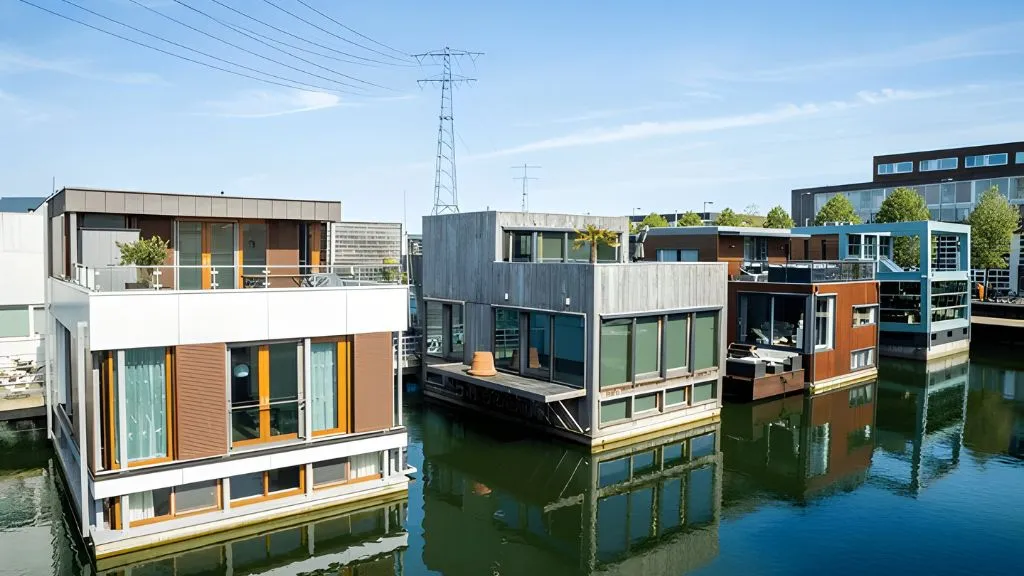Property Geek
We provide the actual and accurate information with unbiased user driven reviews to our viewers, to help them see the best and find the best!
View posts
The floating house is a typical illustration of modern technology that has become quite popular recently. There is not enough room in the current world to construct a home or any other type of construction due to the practically total covering of all publicly accessible vacant places.
To overcome this obstacle, you must use fresh strategies. Engineers have thus created floating dwellings as a creative answer to this problem. When the wooden deck has been constructed, all of the extra floating home components are installed.
Infrastructure like sewage lines, electrical cabling, and plumbing are permanently affixed to floating dwellings. Engineers use plywood or wood chips for concrete because concrete is too heavy and they wish to reduce the project’s total weight.

A floating house is a particular style of residence that is constructed on a floating platform, allowing the entire structure to float over the water. A floating building is a non-movable, stationary structure that can only be located in one place.
This form of construction is immovably connected to another long-lasting structure. As floating structures have no negative effects on the ocean floor or other marine life, and all of their waste is carefully disposed of where it goes, they are regarded as ecologically friendly constructions.
Floating structures are more expensive since they require more expensive, high-tech machinery due to the more expensive variety of raw materials and the present construction style. Also, because the entire system is so new to our culture, there is very little demand for it. It also requires skilled personnel, which is more expensive. That is yet another element that contributes to the higher price range of this construction type.
There are often two different types of floating homes, which are as follows:
It is a design of house that continually floats on the water’s surface. It is a modern technology that raises the cost of construction.
During floods, homes float, then when the water recedes, they fall to the earth. The majority of homes of this type are in Kerala.
The construction’s side walls are made of steel or wood, respectively. Here, we use steel pistons to stop the structure from flowing as a whole. During a flood, the entire structure will rise.

The following is an example of a floating home.
Below are the basic components of a floating home.
The benefits of floating structures are:
In addition to steel and wood, the majority of the components of the floating structures are built utilizing prefabricated technology. This greatly quickens the construction process. Construction of floating buildings takes roughly half as long as normal construction methods.
Moving floating structures from one area of a water body to another area of the same water body is relatively simple and affordable.
Just eliminating some parts and components, like foundations, can lower the overall cost of construction. Floating buildings cost 20 to 30 percent less than conventional ones.
Trees, animals, and birds are indirectly protected by floating constructions. preserving the ecosystem’s natural balance.
Because the water beneath the floating constructions acts as a seismic damper, earthquakes have no impact on them.
Floating buildings offer a far more pleasing visual effect than regular constructions.
The rate of deforestation is decreased overall when water space is utilized instead of land space.
Floating homes: are they a wise investment?
Although the value of floating houses might increase, selling them can be more difficult. It’s a distinctive house, and not all buyers are interested in alternative living. For some purchasers, floating homes might be a worthwhile investment because they are often less expensive than conventional residences on land.